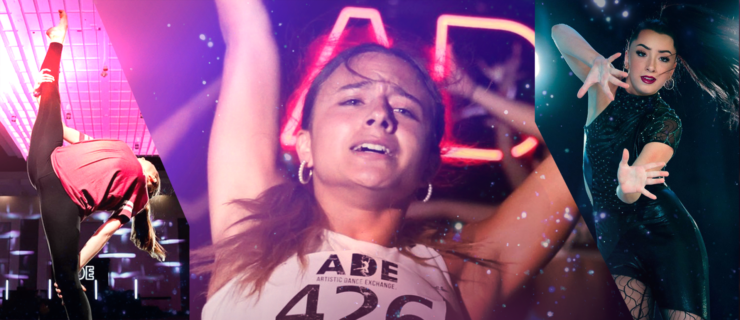NYCDA's Joe Lanteri on Why Nothing Can Replace Your Studio Family
Since the outbreak of COVID-19, you’ve likely been introduced to a whole new world of virtual dance training.
From Zoom classes with your studio to Instagram lives with your favorite dance celebs, there are more ways than ever to get your training in at home.
And while these options are great solutions for this unprecedented time, none of them replace the training you get in-person at your home dance studio, says New York City Dance Alliance founder and executive director Joe Lanteri, who recently launched NYCDA‘s #StudioSpirit campaign to highlight how dance studios are continuing to inspire their students at home.
We talked to Lanteri about virtual training, the future of dance post-COVID-19 and why your dance studio community is more important now than ever:
Why online training isn’t a replacement for in-person training:
“As great as it is to be able to take a ballet barre with Tiler Peck or Misty Copeland or learn a piece of choreography from some Broadway legend, that doesn’t change the need to have a strong sense of community, loyalty, accountability and responsibility to your core training at your home studio.
The most important thing you can do for yourself is make sure you’re a part of a network. Everything is about the team and the ensemble and how that unit works together. Right now, you can’t go to your studio, but those are still the people who are there to support and nurture you—both your teachers and your fellow dancers. You want that in your life. You don’t want to feel isolated and removed from those people. This whole situation we’re in right now is already isolating enough without letting go of that piece of it.”
On practicing self-care while social distancing:
“With the content that is out there, there is opportunity to create your own daily routine. Dancers thrive on that sense of discipline and commitment to a schedule. Right now, it really is important to think about your mental health in terms of staying positive. Remain hopeful, realize that this is going to end and rely on the resiliency that dancers innately have as part of their DNA. When you’re challenged by the isolation that we’re all feeling right now, rely on your community—your friend, mentors, parents, family and teachers. Realize that we’re all going through this together.”
On the future of dance training:
“I think training as we know it may be forever impacted by this experience. It will be interesting to see where online training will fit into the future landscape of dance. I think there was a time when any purist would define dance class as showing up at your ‘dance temple’ and taking class there. There was a time when people would not embrace the idea of taking class online. We’ve all been forced to accept training in a different way. It will be interesting to see where this lands in the future of dance. I think it will find its place.”
On how the dance community is evolving:
“I think the concept of community remains an enormous part of the DNA of dance. Gathering to dance will always be the most important thing that we do, and we will always be naturally drawn to that part of it. However, I think about how dance is going to transcend geographic boundaries. That, to me, is one of the most exciting parts of this. There will be no limits. Dance teachers can share their information with the world. The only limit is your internet connection.
We have to focus on all the things we do have. Dance is a gift. There is always something to be grateful for. That brings promise, positivity, and excitement for putting this behind us and moving into the future.”



